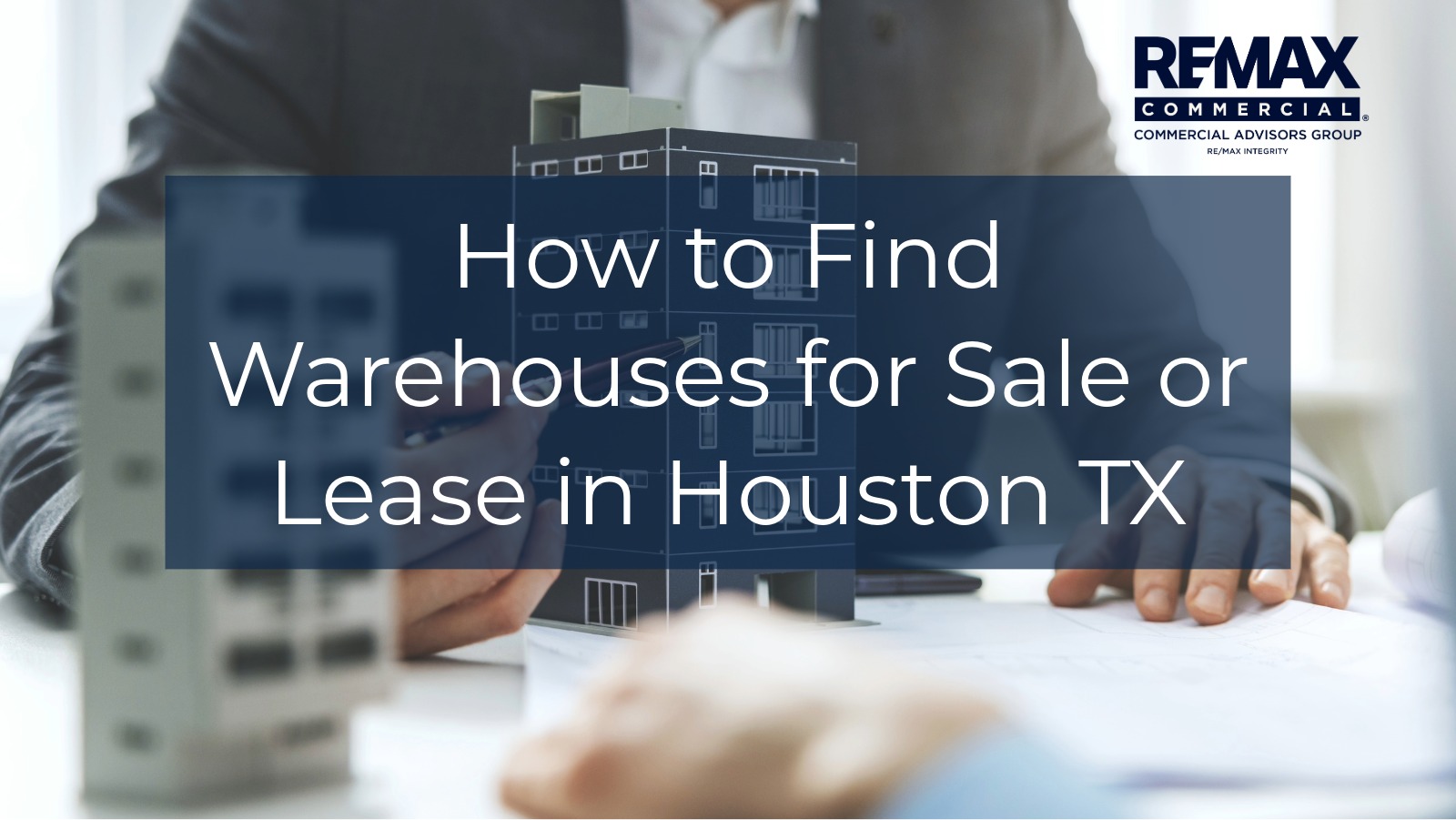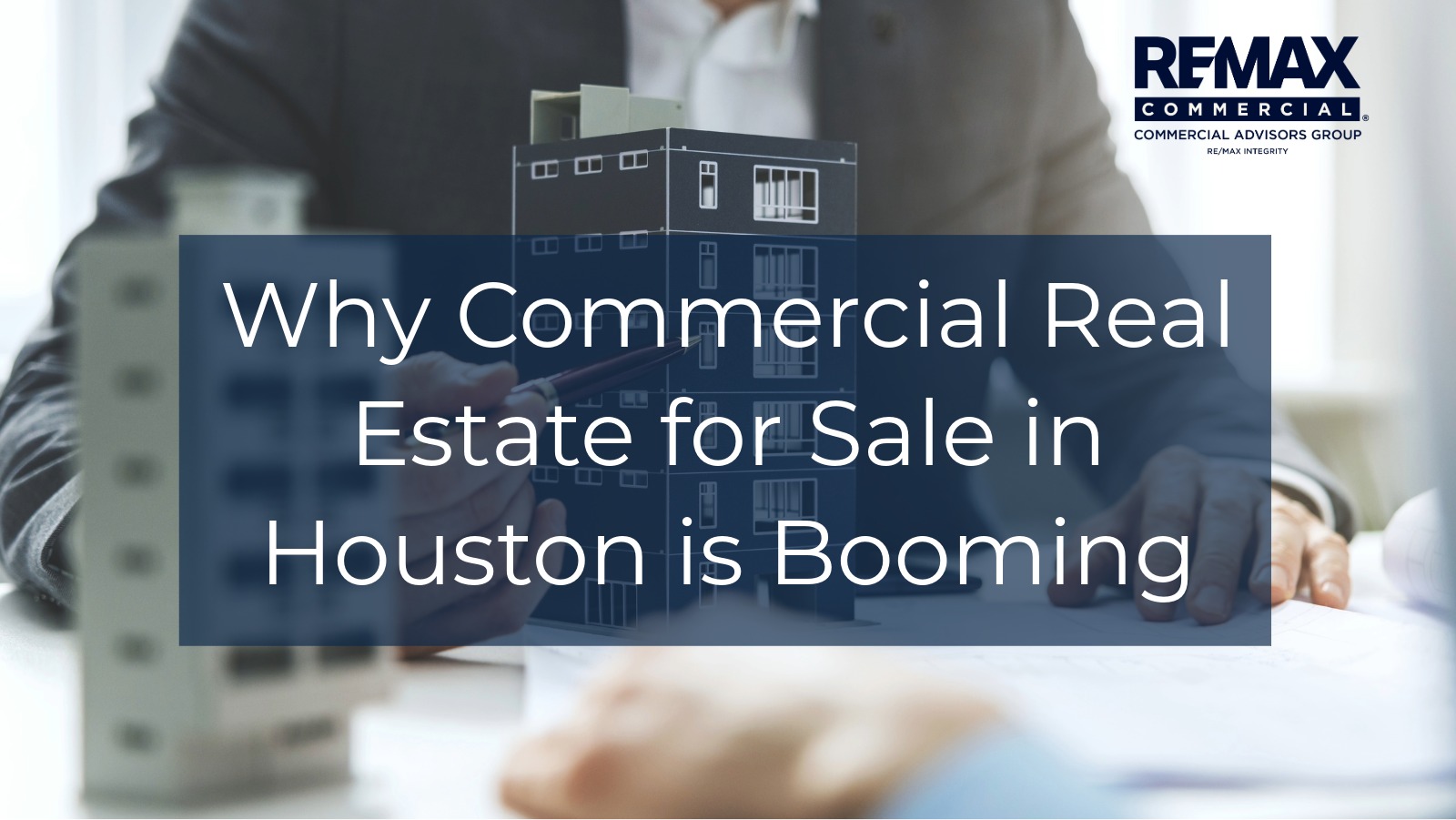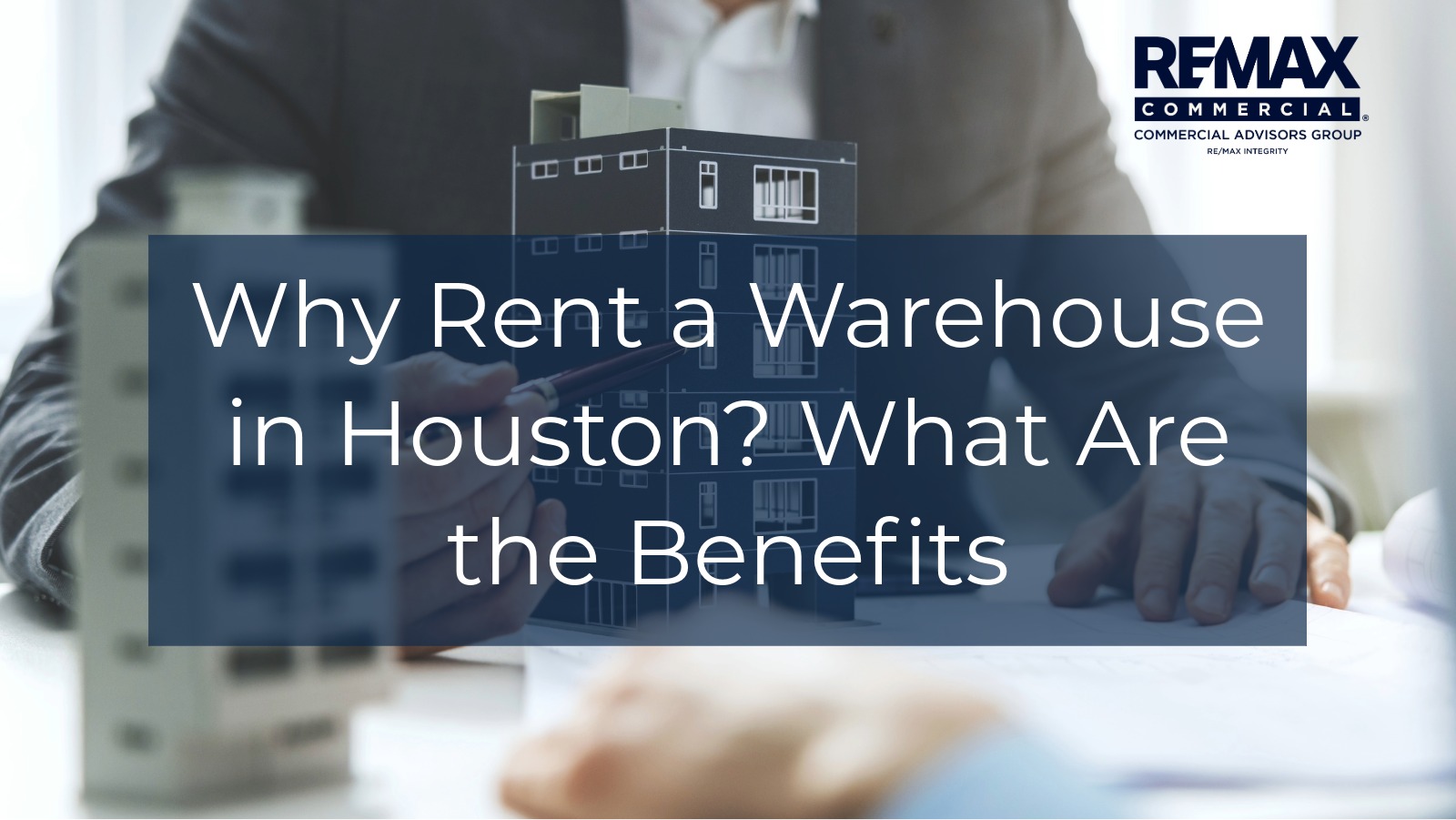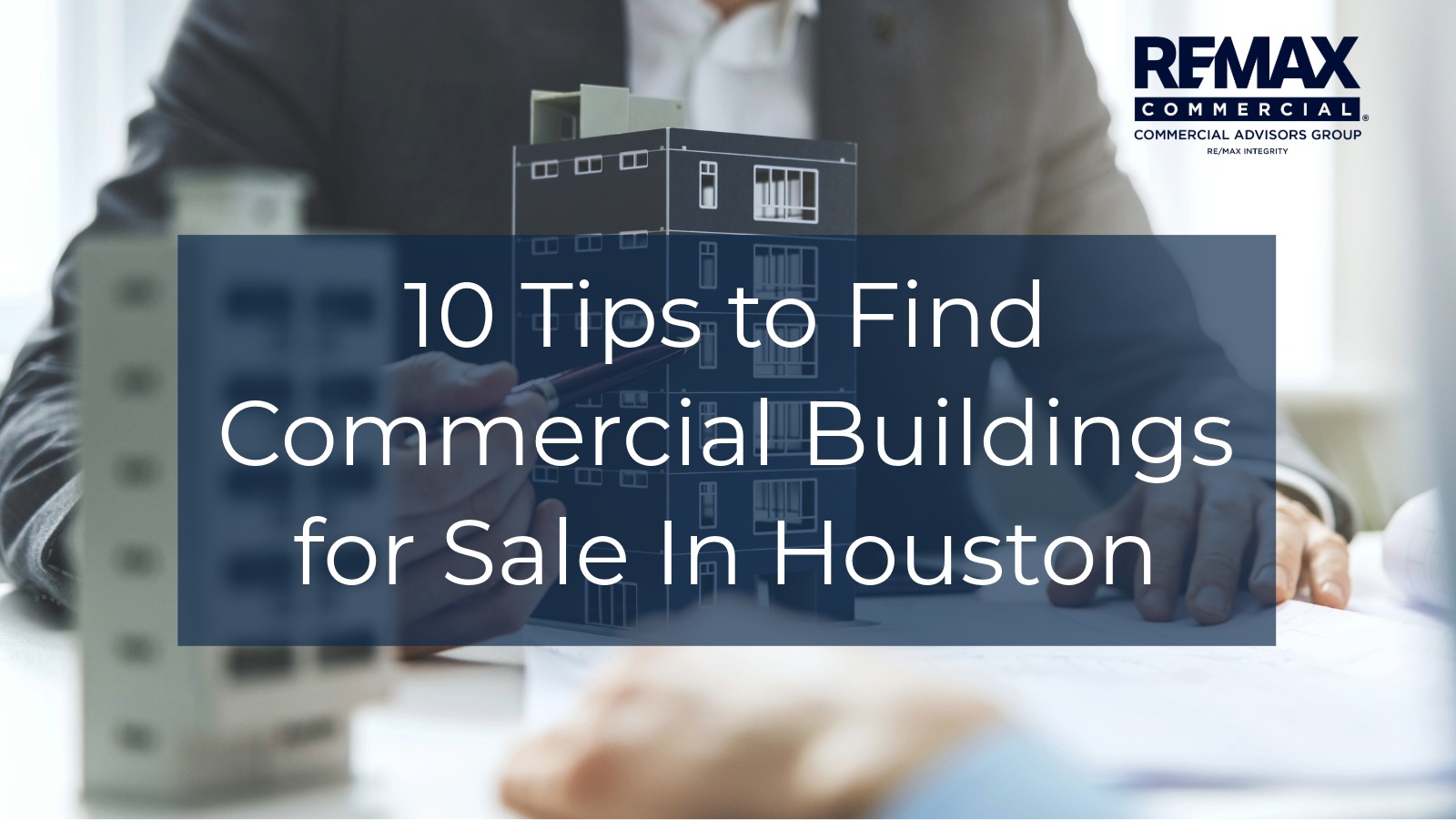The bottom line
Building and neighborhood amenities are now more critical than ever before.
In response to the pandemic, many people have shifted to remote work. Now that the pandemic is receding, people are looking to return to the office, but they expect specific amenities and conveniences.
As a result, upgrading existing amenities or creating new ones has become a top priority for most office landlords. Property owners are investing significantly to attract more tenants, from in-building gyms to rooftop decks.
Office sector
In the office sector, there is a weakness in older Class A buildings and dramatic weakness in C and even B class buildings. Low-profile firms may move up, but only if rents are low. To attract tenants in this market, landlords must offer incentives such as lower rents, reduced lease lengths, or build-outs at no cost.
Currently, the trend towards working from home has software wages up, and small businesses or startups are willing to move up on the ranking if the rent costs are feasible.
Industrial sector
Moving to industrial, occupiers are demanding more space per worker. While the lockdowns were happening and social distancing measures were introduced, industrial companies realized they were unprepared.
Commercial sector
Retail is the most impacted sector during the pandemic. Most of the retail industry now has a greater need to right-size space and inventory.
Competing with e-commerce is more challenging now than ever, so retailers must offer unique and fluid experiences to increase their bottom line.
Occupiers need their space to provide value or experience to the buyer quickly. Otherwise, they will move on to another one for convenience.
Why it matters
The COVID pandemic has accelerated changes that were already happening in enterprises. The pandemic has prompted people to rethink their priorities, choose new living destinations, and redesign office spaces.
Buyers have become more demanding, and businesses must adjust their offerings to meet the needs of their customers. This is something that will be around for a while.
Understanding what trends have emerged since COVID-19 in Texas can help occupiers better prepare for the future.
Looking underneath the hood
The real estate business has another essential trend that occupiers must know about. The sector now values local environments, sustainability, and community building.
With companies trying to entice buyers back into the office, there has been a focus on providing transport hubs, ensuring local restaurants and bars are accessible, and creating shared spaces allowing community building.
The COVID-19 pandemic has significantly changed the real estate industry in Texas.
It’s vital to remember that the trends emerging from the COVID pandemic are not going away, and businesses must adjust their offerings to meet the changing needs of their customers.
The shift towards remote work has led to changes in occupier demands, with more emphasis on building and neighborhood amenities.
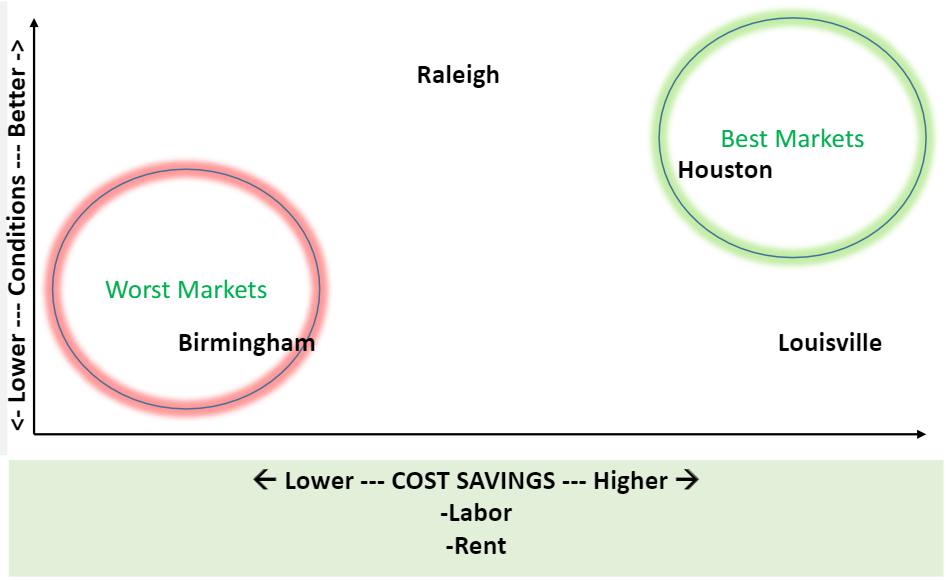
The current market presents a prime opportunity for those looking to invest in commercial real estate in Houston.
So, with Texas being home to many companies, it’s essential to know an experienced broker that can help you navigate the current trends and help clients make informed decisions.
Source: Robert W. Gilmer, Ph.D. C.T. Bauer College of Business, June 2023
“Consumer Strength Meets Fed Policy: Is There Really a Recession Ahead?”
Are you considering buying or selling a commercial real estate property?
Let’s talk!

